I see it all the time. The cheese tray arrives and everyone around the table is in awe. The awe stems from the shape and variety of the cheeses, their aromas and runny to dry textures that promise so much, the vivid colors that can range from deep grey to blushing orange.
It also stems from fear induced by the glaring, elephant-in-the-room question: How do I cut into these cheeses (and not make a fool of myself)?
If you’re at my table, I save you before you fall by explaining, then demonstrating. I understand the fear – I lived it myself until I learned the French rules for properly cutting into cheese. Rules that my French friends break unapologetically and often, I might add .

Here is a perfect cheese tray. It’s modest and it has all the appropriate elements, ranging from a soft, young goat cheese that has been rolled in ashes mixed with salt to retard its development and insure its creaminess; a Camembert de Normandie, the heart and soul of Normandy (if only I could blog the aroma); a 30 month aged Comté, the Queen of French cheeses and, recent polls suggest, the country’s best-loved; and Roquefort, with its strips of blue mold that come from a fresh, white sheeps’ milk cheese being injected with Penicillium roqueforti, obtained from spore developed on rye bread.

Note that round cheeses are cut like cakes and wedges are cut into strips until you get within shouting distance of the rind; then, the direction changes so each person gets their share of creamy, nutty, delicious cheese and no one is left holding just the rind. If you have a heart shaped cheese, you have to keep one thing in mind: make sure the cheese looks decent after you’ve cut it, and not like a child has gnawed into it. For logs, just cut them into thick rounds.
Serve white bread- it is simply a vehicle for the star of the show. You can also include a delicate whole wheat with walnuts or dried fruit, for those third and fourth bites of cheese, when the first impact of their flavors has been savored.
You will learn lots more about this and other arts of the table in my upcoming book, IN A FRENCH KITCHEN, due out from Gotham in May 2015.
Stay tuned and Bon App!




